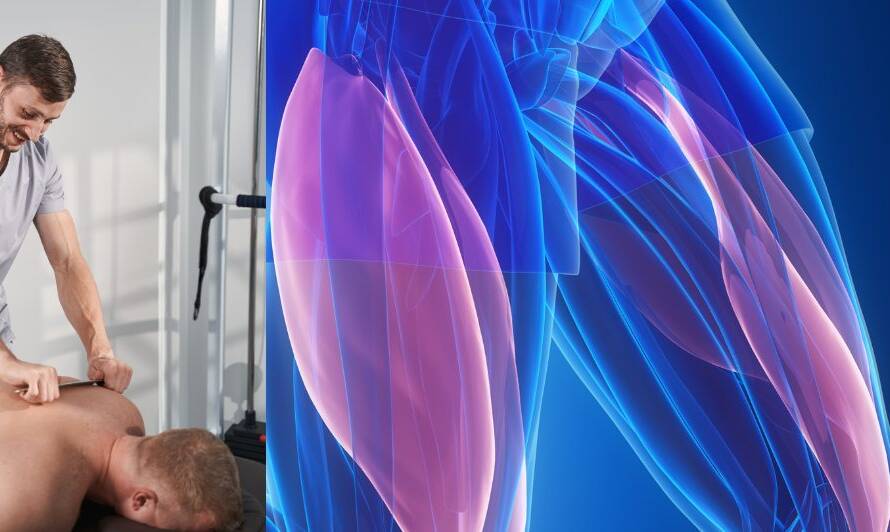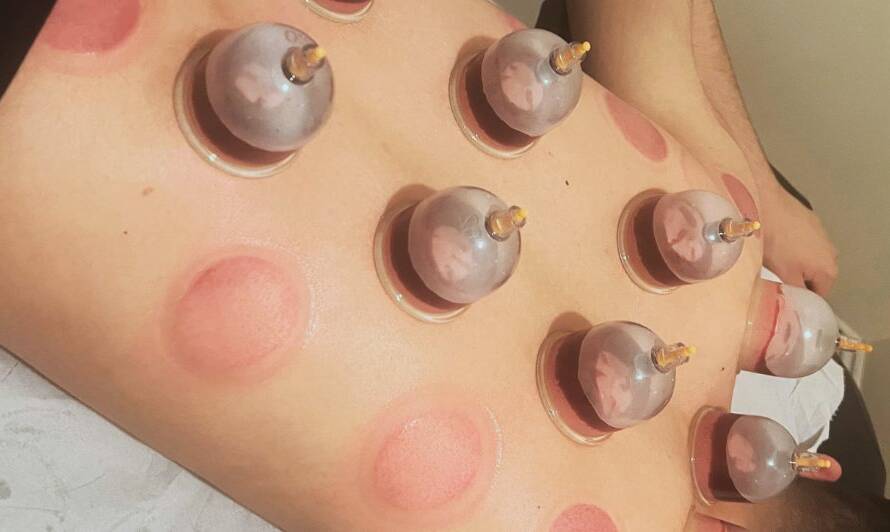In the realm of alternative therapies, Hijama, also known as cupping therapy, holds a significant place. However, it’s essential to understand how it differs from other well-known therapies like acupuncture, massage therapy, and chiropractic care. In this comprehensive blog post, we delve into the unique characteristics, benefits, and methodologies of each therapy, enabling you to make informed decisions about which approach may suit your specific needs best. Join us on this journey of discovery as we compare Hijama with acupuncture, massage therapy, and chiropractic care, and explore the broader context of cupping in the realm of alternative therapies.
Hijama vs. Acupuncture
Origins and principles of Hijama and acupuncture
Hijama and acupuncture are both alternative therapies that have been practiced for centuries and are known for their potential health benefits. While they have different origins and application methods, both therapies aim to restore balance and promote well-being. Let’s explore the origins, principles, application methods, targeted areas of treatment, understanding of energy flow, and differences in tools and equipment, as well as compare their potential benefits and effectiveness.
Hijama, also known as cupping therapy, traces its origins back to ancient Egyptian, Chinese, and Middle Eastern cultures. It involves creating suction on the skin surface using cups, which can be made of glass, bamboo, or plastic. The cups are placed on specific points on the body, creating a vacuum that draws blood to the surface and stimulates healing. The principle behind Hijama is that it helps to remove toxins, improve blood circulation, and promote the flow of vital energy or Qi throughout the body.
Acupuncture, on the other hand, originated in ancient China and is based on the principles of traditional Chinese medicine (TCM). It involves inserting thin needles into specific points along the body’s meridians, which are channels believed to carry Qi. The aim of acupuncture is to regulate the flow of Qi, restore balance, and stimulate the body’s natural healing mechanisms.
Application methods and techniques used in both therapies
In terms of application methods, Hijama primarily involves the use of cups and suction. The cups can be applied in various ways, such as stationary cupping, where cups are left in place for a specific duration, or moving cupping, where the cups are moved along the body. Acupuncture, as mentioned earlier, involves the insertion of needles into specific points on the body. These needles may be manipulated by hand or stimulated with heat or electrical currents.
Targeted areas of treatment and conditions addressed
Both therapies have their own set of targeted areas of treatment and conditions addressed. In Hijama, cups can be applied to various parts of the body, such as the back, shoulders, and limbs, to address issues like pain, inflammation, and detoxification. It is also commonly used for musculoskeletal conditions, respiratory problems, and digestive disorders. Acupuncture, on the other hand, can also target a range of conditions, including pain management, stress and anxiety, fertility issues, digestive disorders, and chronic illnesses.
Understanding the role of energy flow in Hijama and acupuncture
The understanding of energy flow differs slightly between Hijama and acupuncture. In Hijama, the focus is on improving blood circulation and removing stagnant blood and toxins, which are believed to be obstacles to the flow of energy. Acupuncture, based on TCM principles, aims to balance the flow of Qi through the meridians, ensuring a harmonious distribution of energy throughout the body.
Key differences in the use of tools and equipment
Regarding tools and equipment, Hijama primarily requires cups of various sizes and materials, along with a suction device or manual techniques for creating the vacuum. Acupuncture relies on sterile, disposable needles that are inserted into the skin. The needles used in acupuncture are much thinner than the ones used in medical injections and are designed to minimise discomfort.
Comparison of potential benefits and effectiveness
When comparing the potential benefits and effectiveness of Hijama and acupuncture, it’s important to note that individual experiences may vary. Both therapies have been reported to provide relief from pain, improve circulation, promote relaxation, and enhance overall well-being. However, the specific benefits may depend on the condition being treated and the individual’s response to the therapy.
Summary
In conclusion, Hijama and acupuncture are alternative therapies with their own unique origins, principles, application methods, targeted areas of treatment, and understanding of energy flow. While Hijama primarily focuses on blood circulation and detoxification using cups and suction, acupuncture aims to regulate Qi flow through the insertion of needles along the body’s meridians. Both therapies have shown potential benefits in addressing various conditions, but the effectiveness may vary depending on the individual. It is always advisable to consult with a qualified practitioner to determine the most suitable
Please contact us if you are interested in Hijama Cupping Services.





2 Comments
Gluco Relief shark tank
I really like reading through a post that can make men and women think. Also, thank you for allowing me to comment!
Stanton
You’re in point of fact a excellent webmaster. The website loading pace is
amazing. It sort of feels that you are doing any unique trick.
Also, the contents are masterpiece. you have performed a fantastic task on this matter!
Similar here: bezpieczne zakupy
and also here: Zakupy online